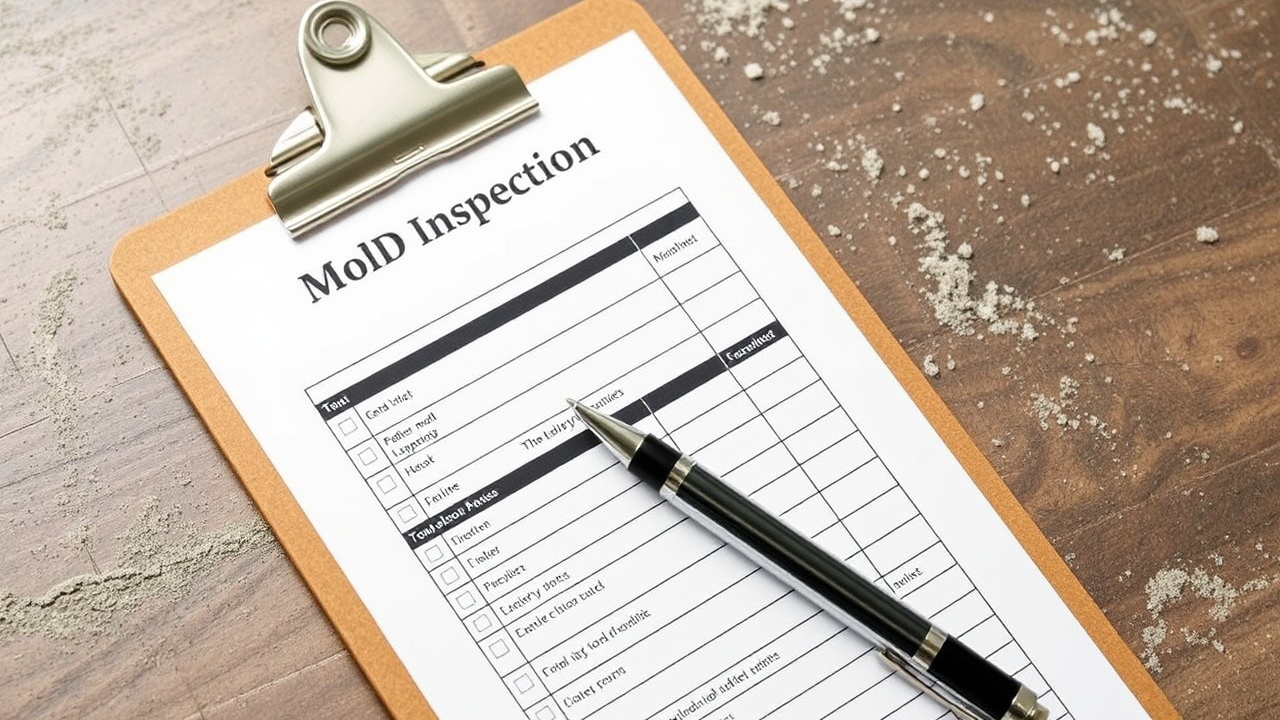Supplies for Mold Inspection: Your Complete Guide
Mold can pose significant health risks and damage to property, making mold inspection a crucial step in maintaining indoor air quality (IAQ). Whether you are a home inspector or a homeowner, having the right supplies for mold inspection is essential for identifying and managing mold problems effectively.
Essential Supplies for Mold Inspection
Here is a comprehensive list of supplies you need for a thorough mold inspection:
- Mold Testing Kits: A complete kit that includes everything you need to test for mold, such as swabs, cassettes, and instructions.
- Sampling Pumps: Devices like the air sampling pump and rotary vane are vital for collecting air samples to assess airborne mold spores.
- Moisture Meters: These help determine moisture content in materials and detect conditions conducive to mold growth.
- Mold Swabs: Perfect for surface sampling, these allow you to collect samples from visible mold present on various surfaces.
- Tape Lift Kits: Useful for collecting samples from surfaces where mold is suspected, providing reliable results.
- Air-O-Cell® Cassettes: Specialized cassettes used in conjunction with air sampling pumps to analyze airborne mold concentrations.
- Bio-Tape™: A tape lift method for mold identification, particularly effective for identifying mold types.
- Lab Analysis Services: Once samples are collected, they must be sent to a NVLAP lab for detailed analysis of mold type and concentration.
- Carrying Cases: Essential for transporting your inspection equipment safely and securely.
Mold Testing Methods
Different testing methods can be employed during mold inspections:
- Air Sampling: This method assesses the presence of mold spores in the air. It is crucial for understanding indoor air quality.
- Surface Sampling: Involves taking samples from surfaces where mold is visible or suspected.
- Moisture Content Testing: Using moisture meters to determine humidity levels can help identify potential mold growth areas.
Understanding Mold Types and Detection
Identifying mold types is essential for effective remediation. Common types of mold include:
- Black Mold: Often associated with serious health risks.
- Aspergillus: A type of mold that can affect individuals with compromised immune systems.
- Penicillium: Commonly found in water-damaged buildings.
Effective mold detection involves using a combination of the right equipment, including mold inspection kits and sampling methods. Inspectors should assess indoor air quality and visible mold presence, collecting samples for lab analysis.
FAQs about Supplies for Mold Inspection
What supplies do I need for a professional mold inspection?
A professional mold inspection typically requires mold testing kits, moisture meters, sampling pumps, and lab analysis services.
How can I test for mold in my home?
You can use a mold testing kit that includes swabs and air sampling equipment to collect samples from various surfaces and the air.
What is the importance of air sampling during a mold inspection?
Air sampling helps assess the concentration of mold spores present in the air, providing valuable information about indoor air quality and potential health risks.
How do I interpret mold test results?
Mold test results are typically analyzed by a lab, which will provide information on the type and concentration of mold present, helping you determine the necessary remediation steps.
Conclusion
Having the right supplies for mold inspection is vital for ensuring effective mold detection and remediation. By utilizing the proper equipment and methods, you can identify and manage mold issues promptly, safeguarding your health and property.
